Activities
What is here?
You can find fun activities suitable for a supervised Chemistry club. Each one includes:
- full-colour student worksheet
- teacher notes
- technician notes.
The pages give abbreviated versions of these resources and links to the pdf files.
![]() Health and Safety
Health and Safety
When considering carrying out a practical activity with a class, you must check your local health and safety rules. Make an appropriate risk assessment and try the activity yourself first.
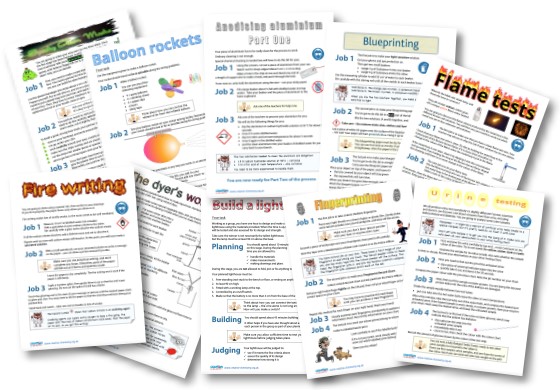
Activities focused on colours.
Anodising is an electrolytic process in which the surface of aluminium is prepared to take up dyes. Used soft drinks cans are an inexpensive source of aluminium sheet. This can then be dyed permanently using fabric dyes or fountain pen ink. It is relatively easy to make blueprinting paper. Objects put on top of the paper block sunlight. An intense blue colour develops where sunlight can get to the paper. After washing, you get a white image of the object on a blue background.
Timed activities with scoring to find a winner.
We all know that if you let go of an inflated balloon it flies around the room. But can we use a balloon in a more controlled way to power a 'rocket' guided on a piece of string? You have to think carefully if you want to make a fast, long distance rocket.
Activities with a forensic theme.
It is easy to take your own fingerprints, though it's a bit messy with the ink. With enough care, you can find out what sort of fingerprints you have. You can also identify your friends from their fingerprints. Different metal salts give off characteristic colours when heated in a Bunsen burner flame. In this activity, you can discover the different coloured flames made by metal ions, and work out which ones are in some 'unknown' salt solutions.
Other ideas for activities.
Sodium nitrate solution can be painted onto absorbent paper and left to dry. A smouldering taper will set the paper on fire where the dried sodium nitrate is, and the paper will burn along the lines you have painted. Lots of fun, lots of smoke, and very smelly!

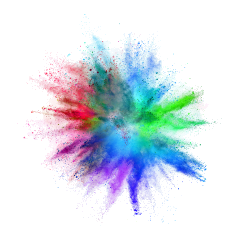 Colour fun
Colour fun 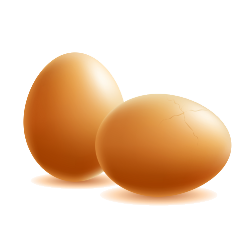 Egg races
Egg races 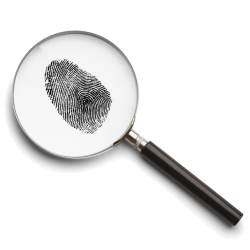 Forensic science
Forensic science 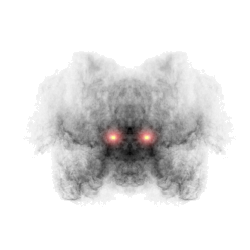 Smelly or creepy
Smelly or creepy 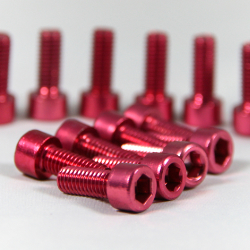 Anodising
Anodising  Blueprinting
Blueprinting 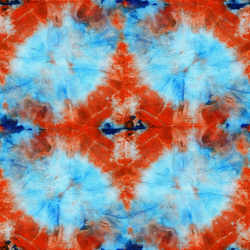 Dyeing
Dyeing  Balloon rockets
Balloon rockets 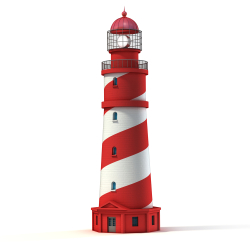 Build a lighthouse
Build a lighthouse 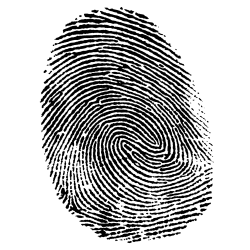 Fingerprinting
Fingerprinting 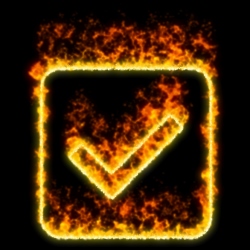 Flame tests
Flame tests 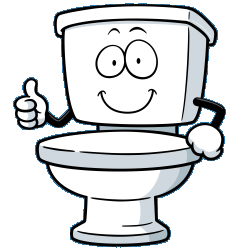 Urine analysis
Urine analysis 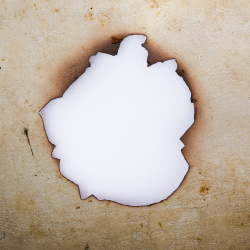 Fire writing
Fire writing 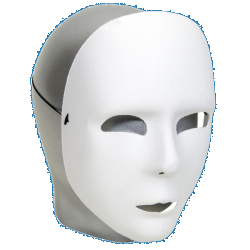 Spooky alien masks
Spooky alien masks